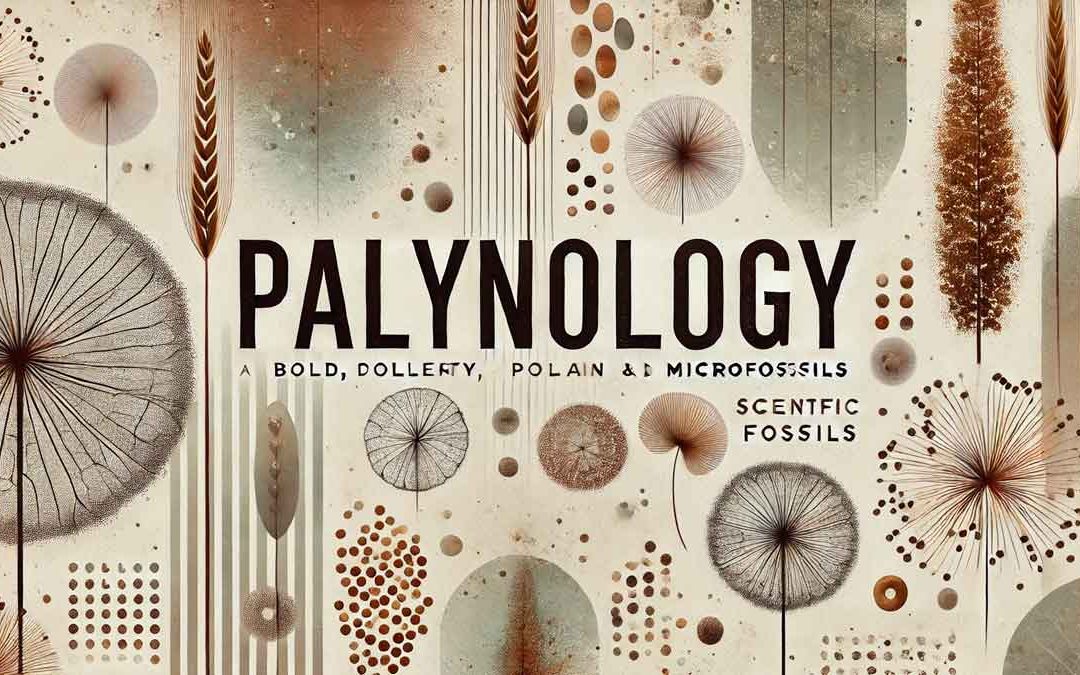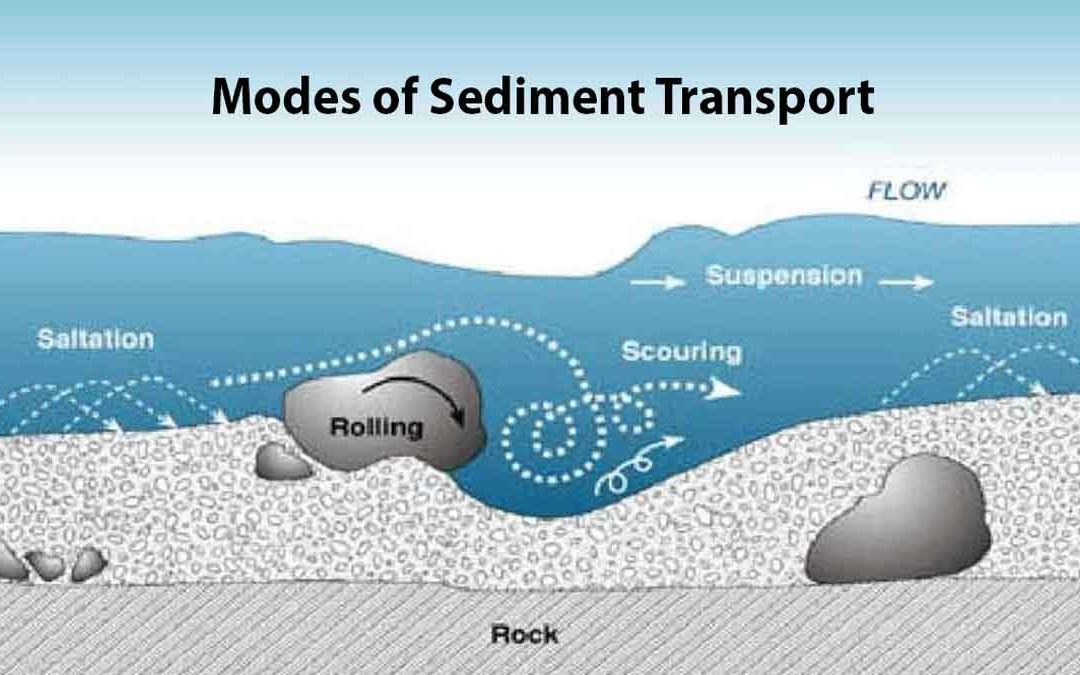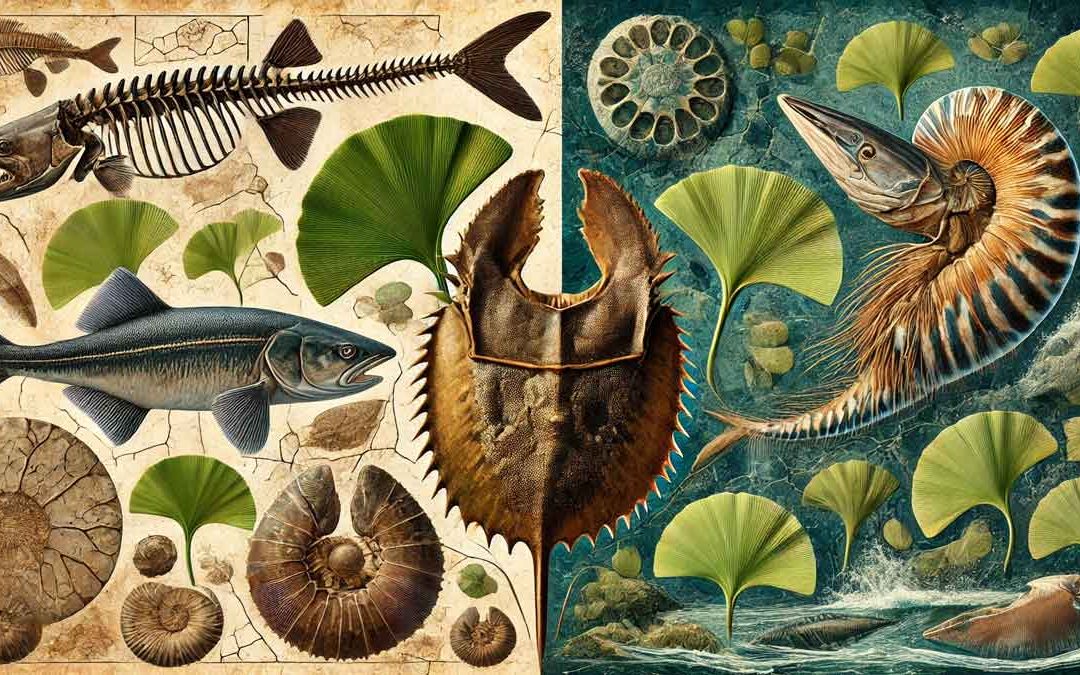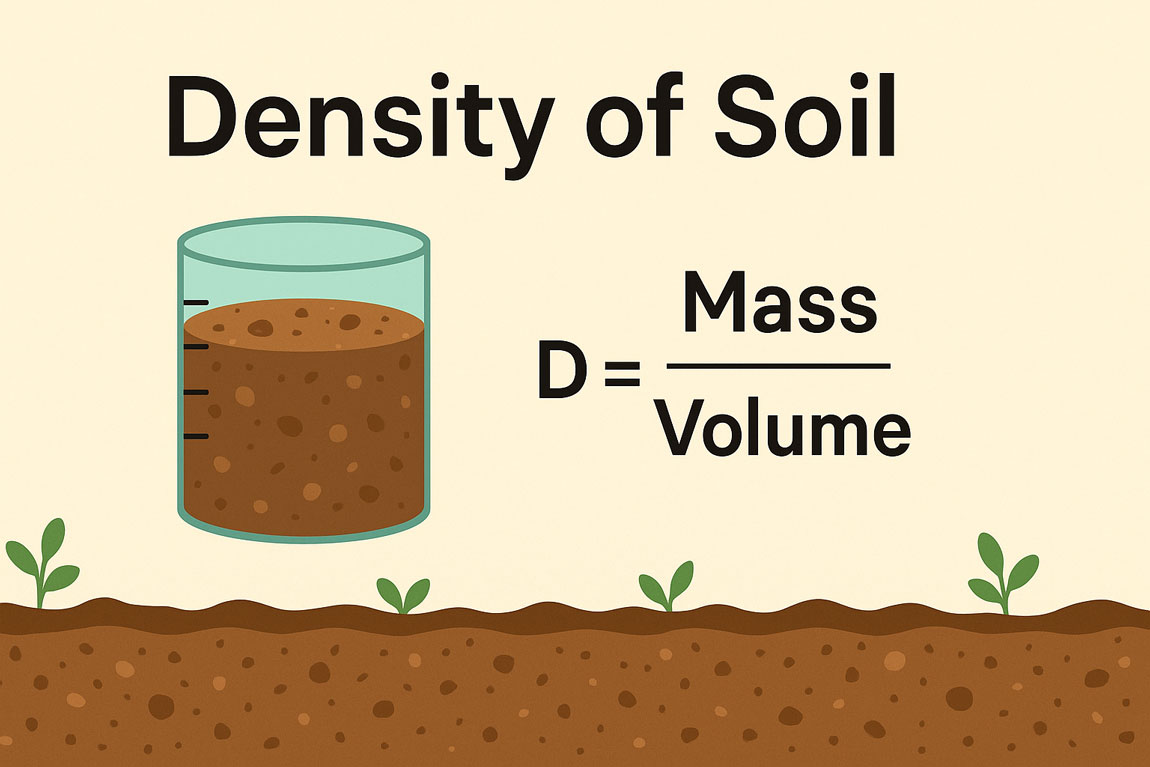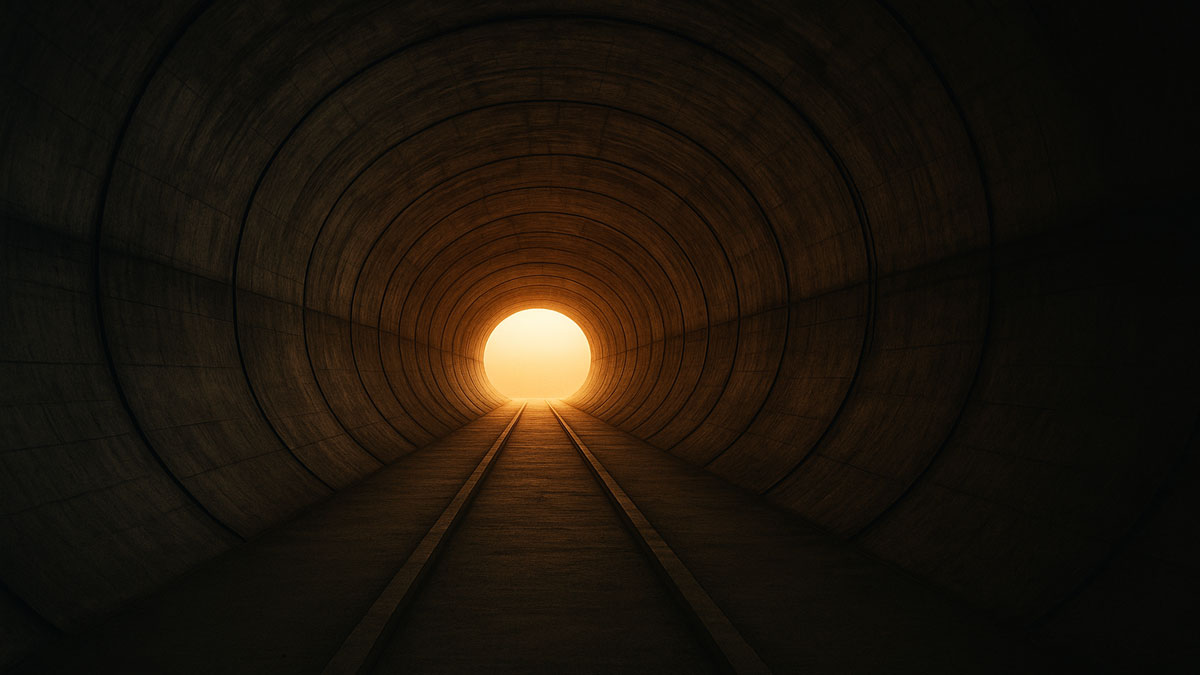
by Gelogia Team | Feb 27, 2025 | Paleontology
Radiolaria: Radiolaria are free-floating protists with roughly spherical cells and thread-like pseudopodia extending radially over a delicate endoskeleton. Moder Radiolarians are marine with representatives in Cambrian times. Radiolarians provide the most useful data...

by Gelogia Team | Feb 26, 2025 | Paleontology
Applications of palynology: Biostratigraphy & geochronology: Geologists use palynological studies in biostratigraphy to correlate strata & determine the relative age of given bed or stratigraphic sequences. Paleoecology & climate change: Reconstructing...

by Gelogia Team | Feb 25, 2025 | Physical Geology & Geomorphology
Modes of transportation: There are three modes of transportation of sedimentary particles: Traction Siltation Suspension Traction: Commonly, sediment grains larger than sand size are transported as part of the bed load in essentially continuous contact with the bed....

by Gelogia Team | Feb 24, 2025 | Paleontology
Classification of Living Fossils: Living fossils are classified by two main characteristics. Living organisms that are members of a taxon that has remained recognizable in the fossil record over an unusually long time span. They show little morphological divergence,...

by Gelogia Team | Feb 24, 2025 | Paleontology
Suture: The suture is the position on the surface of the test where the septa join the wall of the test. With reference to the surface of the test, the sutures can either be depressed, lie in the same plane, or above the surface of the test. Thickened sutures are...


